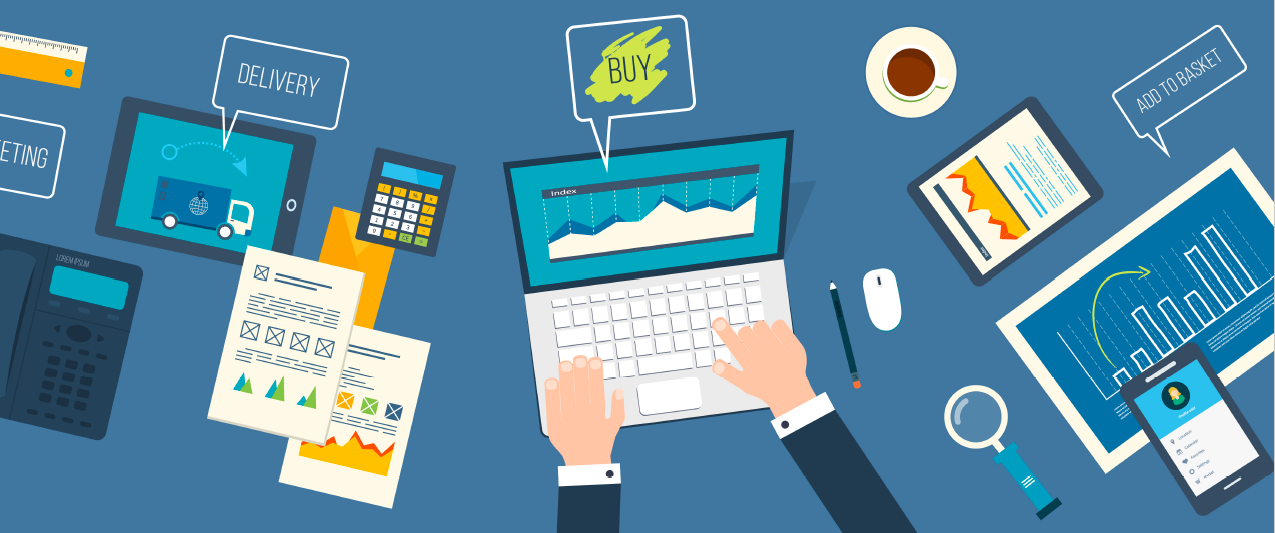Government modernization is a multifaceted process that has been challenging in almost every respect. Modernization takes time, effort, and a lot of money that many agencies just cannot seem to find. However, citizens have come to expect the same level of engagement from the public sector as they do from the private. As a result, agencies are having to collaborate with new partners in order to improve their digital engagement one step at a time.
Improving digital services is one step that government organizations must make in order to move the modernization process forward. Romke de Haan, Director of Business Development at 18F, and Brian Paget, Technical Director for Content and Analytics for Adobe, joined GovLoop for a recent online training, “How to Do Digital Services Right!” to discuss some of the ways government can improve their digital platforms.
The Process of Going Digital
18F has been able to get involved in a lot of modernization efforts across agencies. Housed under the General Services Administration, 18F acts as a digital consultancy for the U.S. government from inside the U.S. government. Their mission is to transform how government builds, buys, and shares digital services. De Haan emphasized that, “the delivery is the strategy. In our collaboration with government partners, we try to show success and deliver, giving the partner confidence that our models are beneficial to government.”
Most recently, 18F helped Environmental Protection Agency (EPA) develop the Hazardous Waste Electronic Manifest System, or e-Manifest project. The need for this project came out of the inefficient processes for properly disposing hazardous waste. The original process included three sets of actors: the person creating the waste, the person transporting the waste, and the person disposing the waste. “The problem with this process is that each actor had to fill out the form attached to the waste. This created tons of paperwork and wasteful spending on mailing the paperwork,” de Haan explained.
This wastefulness led the EPA to seek ways to optimize the process. While EPA had been trying to develop a more efficient process, their partnership with 18F allowed them to fully realize this potential. 18F empowered EPA to understand the modern IT practices surrounding electronic forms so they can own the project once 18F leaves.
18F also helped maximize transparency throughout the project with the use of shared tools. “The Trello board where all the project planning takes place is open to the public and anyone can access the e-Manifest repository so they can go in and check out the code,” De Haan said. Through this partnership, EPA has been able to implement the e-Manifest system and move forward in their modernization process.
The Technology Behind Going Digital
While de Haan explained the process of going digital, Paget discussed the technology behind the scenes, where the move to more innovative technologies is crucial. “80% of document processes in government still rely on paper, which is a very cumbersome way to transact business,” said Paget.
Adobe has transformed the PDF form into a more user-friendly platform. “Three to five years ago many paper forms were moved online and onto websites using PDF based forms converted to electronic format,” Paget said. “Many agencies even made them fillable and able to be submitted to a back end system.”
However, since then the ways a user can view a PDF have evolved significantly and each end user has the potential to have a vastly different experience when viewing a PDF. For example, one end user may be able to view the document while another gets a read-only version, and yet another cannot view the document at all.
Adobe is working to understand how the PDF platform has evolved so it can be effectively leveraged. “PDF is not just PDF anymore, there is a presentation layer, a business logic layer, and the html code,” Paget explained.
The evolution of PDF forces technology to move beyond the typical document that most of us are familiar with. This means moving away from reliance on paper and paper analogies in PDF form, as well as making the transaction process more flexible and efficient for users. Ultimately, this process will take the PDF and make it mobile on a web based form or turning it into an application where the user can complete their entire transaction in one pleasant form.
Eventually, the move to digital will streamline processes, cut costs, and meet compliance and oversight standards. Embracing digital services will also allow agencies to meet citizen expectations when it comes to digital engagement. Looking forward, Paget concluded, “Government needs to continue innovating and next steps will include a personalized experience that shows the user what they want even though they didn’t tell the system what they wanted.”





Leave a Reply
You must be logged in to post a comment.